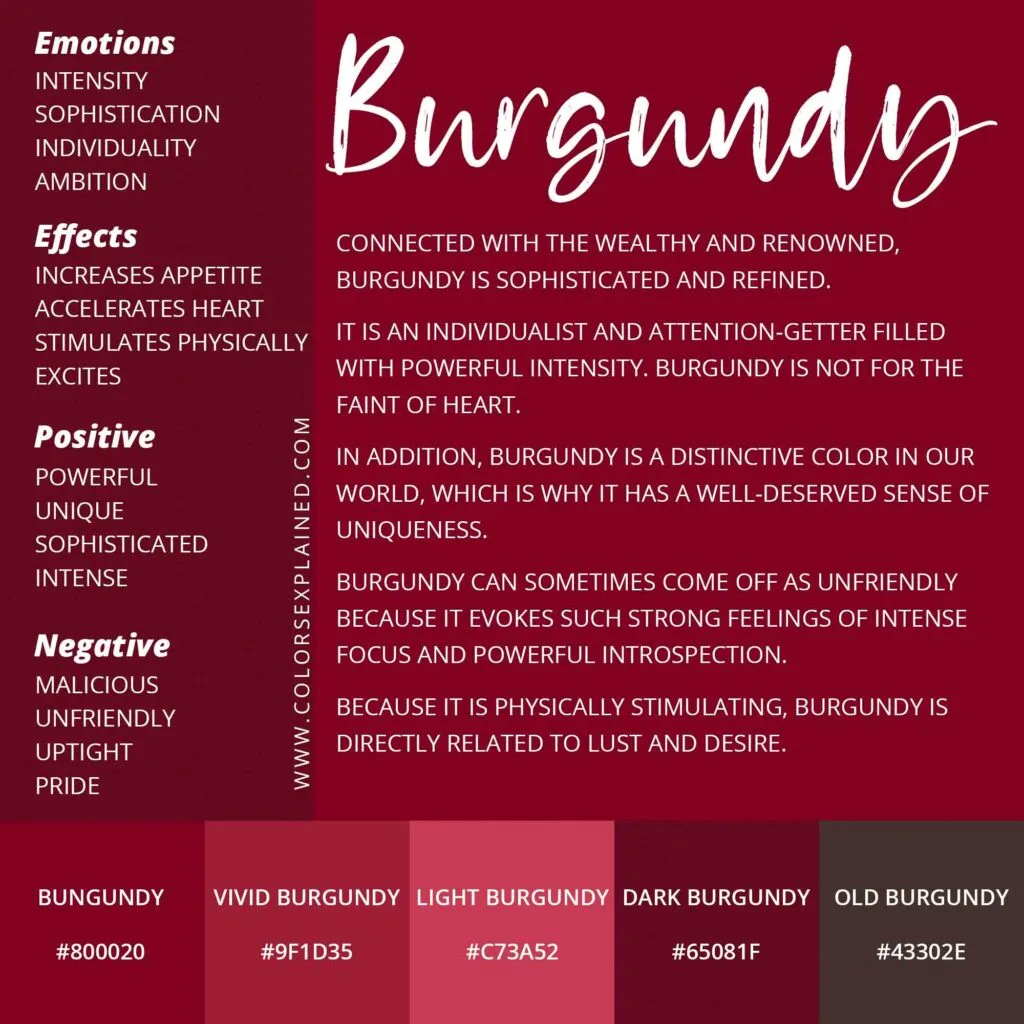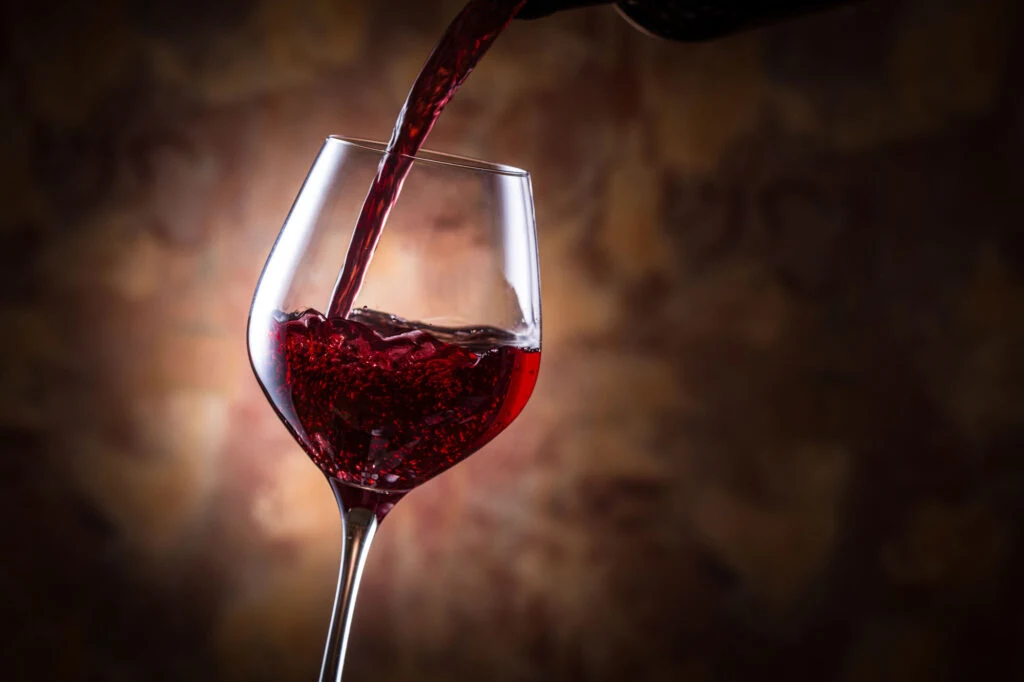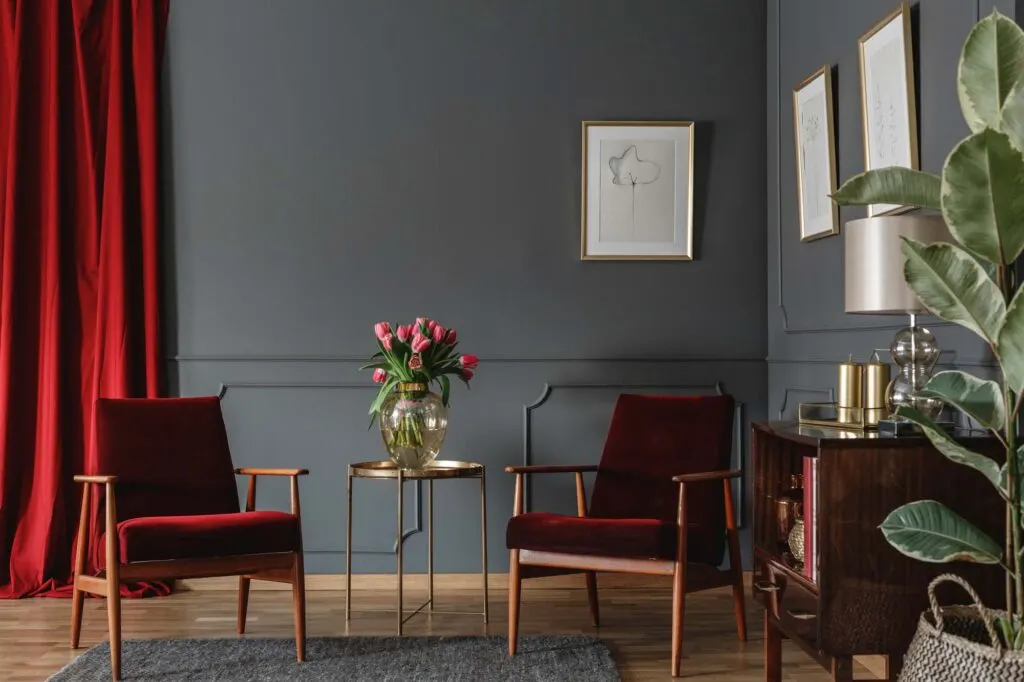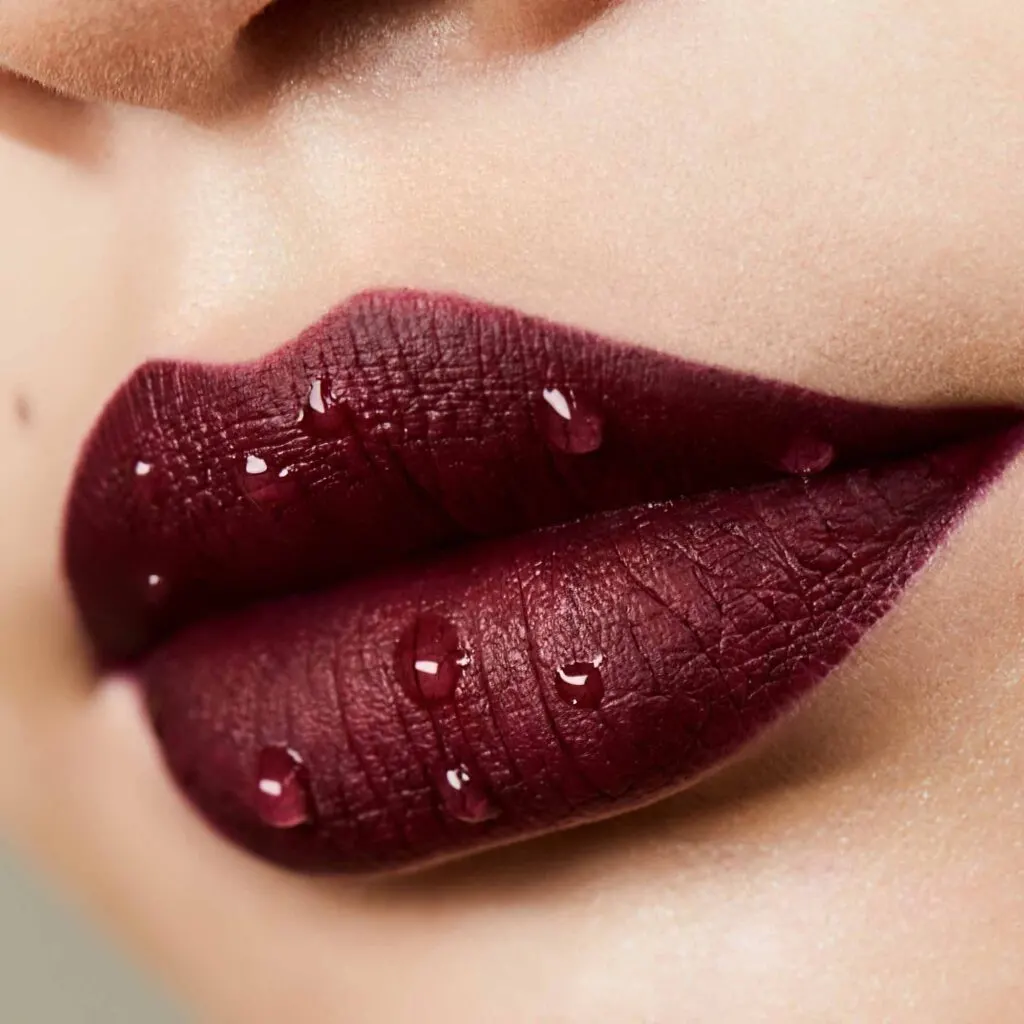The most potent colors, white and red, are employed in flags of all countries, non-political organizations, and sports teams. This is the spiritual meaning of the color burgundy red. Red is a hue of force, strength, vigor, and endurance, while white is a color that is always associated with purity, integrity, innocence, and light. Together, they create an aggressive force that inspires movement on all planes: the physical, mental, and spiritual. People generally respect authority figures who are wearing red. If you wear burgundy when the cops try to arrest you, it can even be regarded as assault! Wearing red in close proximity to any form of threatening behaviour is not advised for this reason.
The color burgundy has a mystical connotation. Burgundy has been used from the beginning of time. In actuality, burgundy clothing was worn by numerous monarchs in the Bible. Although one of its earliest documented applications was by the Burgundian tribe, who lived in what is now northern Italy, the word “burgundy” derives from the Latin “burgundus,” which means “Burgundian.” Yet, “burgundy” was a hue that was utilized earlier in time, particularly in the 1300s.
Burgundy is typically associated with red wines. Wine is an alcoholic beverage prepared from fermented grape and raisin juice that is then aged in oak barrels. Due to the intense red hue of this beverage, many people mistakenly associate burgundy with wine. Burgundy has its own spiritual significance in addition to being associated with wine, which is a fermented substance.
Spiritual Meaning Of Burgundy

The color burgundy is often associated with the spiritual meaning of cleansing and purification. The color itself is a dark, rich red that evokes feelings of royalty and luxury.
When people see burgundy, they are often reminded of the earth and everything that comes from it. This makes sense because, when you look at a tree or a vineyard, you can see the earth’s natural beauty in all its glory.
This color can also help you connect with your inner self because it represents something that is deeper than what is on the surface. When you wear this color or surround yourself with it, you will feel more grounded and secure in yourself.
Burgundy is the color of a deep, rich wine. It’s also the color of blood, and there’s a reason we associate it with both. It has deep roots in spirituality and religion, and in many cultures, it’s used to represent things like death, rebirth, and spiritual enlightenment.
In many faiths—including Buddhism, Christianity, Hinduism, Islam, Judaism, and Wicca—the color burgundy represents death or rebirth. In Buddhism, this means that when someone dies and is cremated, their ashes are often kept in a container made of burgundy fabric. In Hinduism, it means that when someone dies, they are reborn into another world.
In Islam and Judaism, the color burgundy represents spiritual enlightenment: Muslims believe that God created the universe out of light (which is represented by the color white), while Jews believe that God gave Moses the Ten Commandments on Mount Sinai on tablets made of pure gold (which is represented by the color yellow). Both faiths use these colors as part of their religious practices because they symbolize sacredness and holiness.
In Christianity as well as Wicca (a newer religion based on pagan traditions),
For positive traits, the color reflects burning passion, energy, strength, determination, and being grounded. On the spiritual side, burgundy, or the color of wine, can mean various things in the bible including rejoicing, the Blood of Jesus, the New Wine, and the Cup of the New Covenant.
Spiritual Meaning of Burgundy In Dream
In today’s blog post, we cover the symbolism and the meaning of the color burgundy as part of the Color Meaning Series.
Where can we find the meaning of the color burgundy?
Is it on the medium-bodied French wine or a sumptuously decorated room? Maybe it is in the lipstick of a charming lady or in the outfit of a movie’s main antagonist.
Burgundy is a powerful color that exudes sophistication and intensity. While this red with brown and purple undertones obviously embodies power, the color burgundy is also very reserved and takes pleasure in its introspection.
We’ll discuss the symbolism and meaning of burgundy, its physical effects, and much more in this article!
Burgundy Symbolism in Different Cultures
- The color burgundy’s meaning hails from an east-central French region; the color is named for the red wine sourced from Burgundy vineyards. It’s no wonder the color burgundy is associated with upscale sophistication – a bold yet refined color.
- In Western cultures, the color of wine is often associated with the higher classes, wealth, and opulence. Because it’s closely related to red (a classic show-stopper) and purple (traditionally the color of royalty), it’s no wonder burgundy is a wonderful blend of both those colors’ traits. Burgundy is less flashy than red and purple, creating a milder combination of the two.
- In Christianity, burgundy is often associated with certain spiritual rituals and holidays. That’s because burgundy’s dark shade is the color of red wine, which is used in Catholic Mass as a symbol of drinking the blood of Jesus Christ.
- In some parts of the world, including Western Europe, the color burgundy is called “Bordeaux.” This references another wine region that produces wine of a similar deep red, almost purplish, color.
- In the United States, burgundy is a staple of gothic fashion and culture, especially as a color for lipstick color. It’s earned this reputation due to its dramatic, dark, and striking look.
Psychological Meaning of Burgundy
Burgundy shares a lot of the meanings behind the colors red and purple. But burgundy is a more restrained version of the two.

Burgundy Color Meaning
Here’s some insight into burgundy meaning according to color psychology.
Power and Intensity
Burgundy, like red, is a take-charge, ambitious color. Rich with strength and force, burgundy can sometimes even be intimidating.
Imagine a room sumptuously decorated with burgundy upholstery and décor. Does it inspire feelings of awe, intense desire, and a sense of deference to power? You’re not alone.
Burgundy is certainly not for the faint of heart or for wallflowers. And keep in mind that it doesn’t give off lighthearted energy. Burgundy tends to evoke powerful energy, unlike lighter shades of red. Some people can even see it as uptight—the flip side of its intensity.
Individualism
Burgundy instantly grabs the attention of anyone in the room. Imagine a movie star emerging onto the red carpet in a burgundy suit—she draws all eyes to her.
In this regard, burgundy is similar to bright red—it’s an attention-getter.

Sophistication and Refinement
Many times, burgundy is connected with the wealthy and renowned because of its sumptuous nature.
However, burgundy isn’t overly showy or ostentatious. Picture an executive’s home study upholstered with touches of burgundy.
Burgundy is a perfect way to evoke feelings of power, ambition, and wealth while still feeling sophisticated and refined, rather than showy.
Uniqueness
Burgundy isn’t a standard color in nature, so when it shows up anywhere, it draws the eye. Try to picture burgundy in the natural world. Can you think of very many examples? Probably not!
That rarity works to Burgundy’s advantage. Choosing burgundy in an outfit, décor, artwork, or any other application indicates you take pride in whatever you’re creating.
Since it’s an uncommon color, it tends to feel more special than other hues. It also means you’re unlikely to find yourself in that embarrassing situation where you’re wearing the same color as someone else.

Introverted, Sometimes Even Isolating
Burgundy feels luxurious, upscale, and powerful, yet reserved and refined. It’s never too in-your-face.
That’s why it can be such an excellent color for an office or a study where a lot of the work is done solo.
Burgundy can sometimes come off as unfriendly because it evokes such strong feelings of intense focus and powerful introspection.
Malice, Lust, and Pride
Since burgundy is in the red color family, it has many similar downsides as red. Overuse of the color burgundy can look menacing in some uses.
Picture the villain in a cartoon. You can probably easily imagine them in head-to-toe burgundy, like Lady Tremaine from Disney’s film Cinderella. That’s why the color tends to be best reserved for pops of color or special occasions.
Still, burgundy is directly related to lust and desire but also ambition.
Physical Effects of Burgundy
- Similar to red, burgundy can actually make you hungry. That’s why it’s such a popular color choice for restaurants and eateries, especially upscale ones. This rich color revs your appetite and gets you ready to enjoy a meal.
- Much like many other warm colors, burgundy has a physical impact on people as it can increase heart rate. This can create feelings of excitement, stimulate the senses, and lead to cravings – to food or other things.
Some Shades of Burgundy
Here are a couple of burgundy shades with their respective hex codes. Burgundy is, in truth, a shade of red with a hint of purple and brown.
Burgundy #800020
Vivid Burgundy #9F1D35
Old Burgundy #43302E
Most Common Uses of the Color Burgundy
In business, burgundy is frequently used by the following industries:
- Beauty (makeup, nail polish, hair dye products)
- Valentine’s Day products
- Wine
- Furniture
- Home textiles
Facts About Burgundy
- European Union passports are usually burgundy, thought to symbolize unification—and maybe in the eastern region, a nod to a communist past.
- One of the most common rose colors on Valentine’s Day is burgundy.
- Although burgundy is named after the red burgundy wine of France, the French prefer to refer to the color as ‘Bordeaux,’ which alludes to a different red wine. Burgundy was dubbed after the Germanic Burgundians of olden history.
- This wine color is often confused with the color maroon.
Burgundy means: intensity, sophistication, and individuality
Effects of burgundy: increases appetite, accelerates heart rate, and stimulates
Positive traits: powerful, unique, and sophisticated
Negative traits: malicious, unfriendly, and uptight